This one gross sign means it's time to change your pillow
It’s easy to miss — but this common pillow problem might be sabotaging your sleep
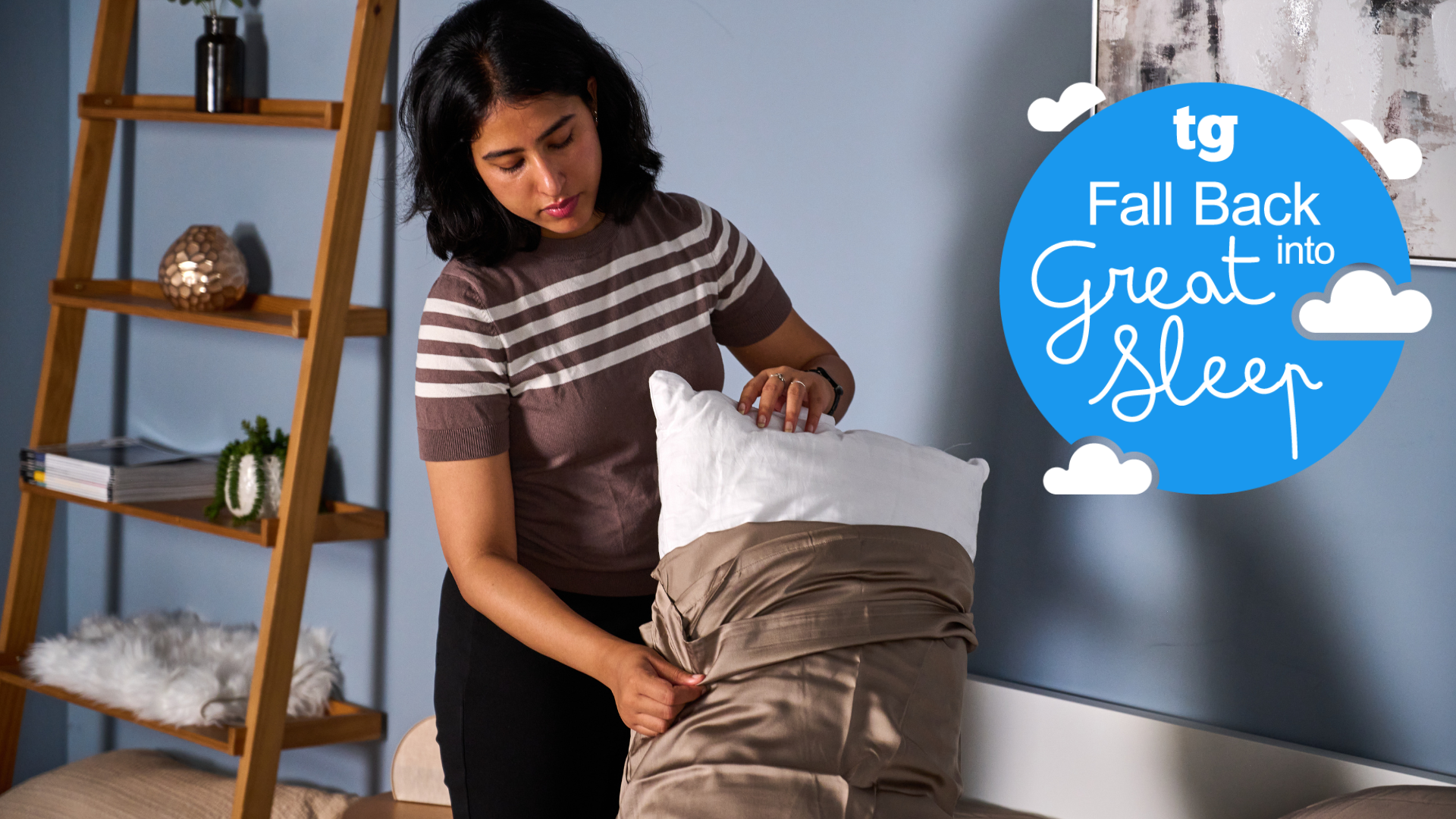
Changing your bed sheets and pillow cases might be a weekly ritual you follow, but when was the last time your changed your actual pillow?
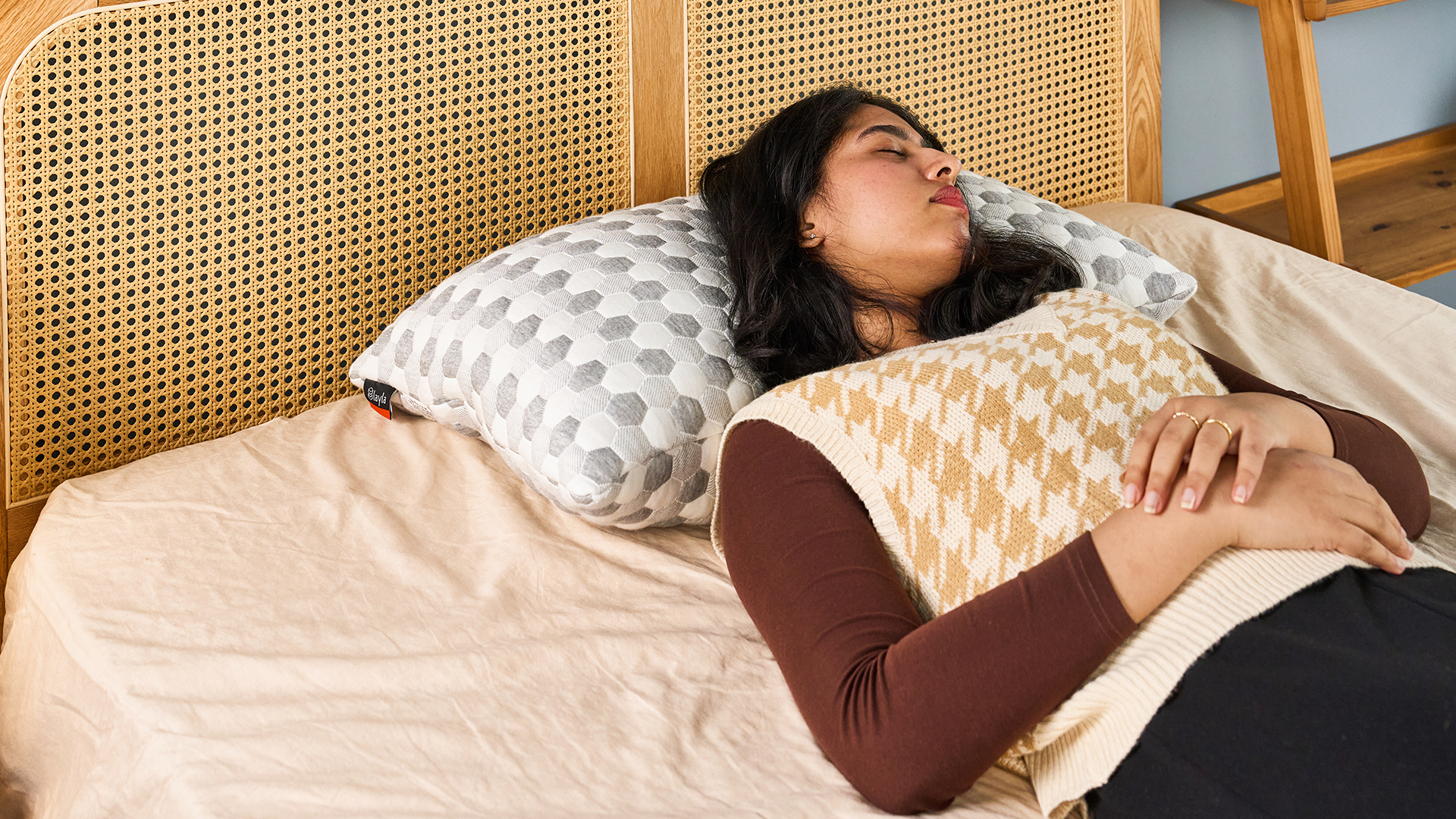
Explore our best pillow guide which includes our expert-picks for all sleeping styles, body types and budgets.
While it's easy to forget, this everyday sleep essential can quietly collect a lot of dirt and debris, which you'd certainly not want anywhere near your face. Plus it can lose its freshness and support over time, certainly much quicker than the best mattresses we've tested this year.
Pillows are often the last thing on your mind when you think of a bedroom upgrade. However, after a hot summer, you might be overlooking some very clear signs that they need replacing in time for hibernation season. This is exactly what we're tackling here as part of our Fall into Great Sleep campaign, so let's get into it...
The one gross sign you need to replace your pillow
Have you come across a bad odor when you're near your pillow? This is a major sign that you should replace it soon.
Pillow: One to two years
Bed sheets: Two to five years, depending on the fabric
Comforter: Two to 20 years, depending on material
Throw blankets: Up to five years
Mattress protector: Two to five years
Smelly pillows are usually the result of a buildup of sweat, body oils, saliva and dead skin cells, which seep through your pillowcases over time.
These can create the perfect breeding ground for bacteria and dust mites, leading to that sour, musty smell.
Washing your pillows alone may not help in this case, especially if you've had them for a long time. While we recommend changing your pillows every one to two years, we'd say it's wise to do it sooner if you notice they're smelling.
Get instant access to breaking news, the hottest reviews, great deals and helpful tips.
3 more signs it’s time to change your pillow
Yellow stains
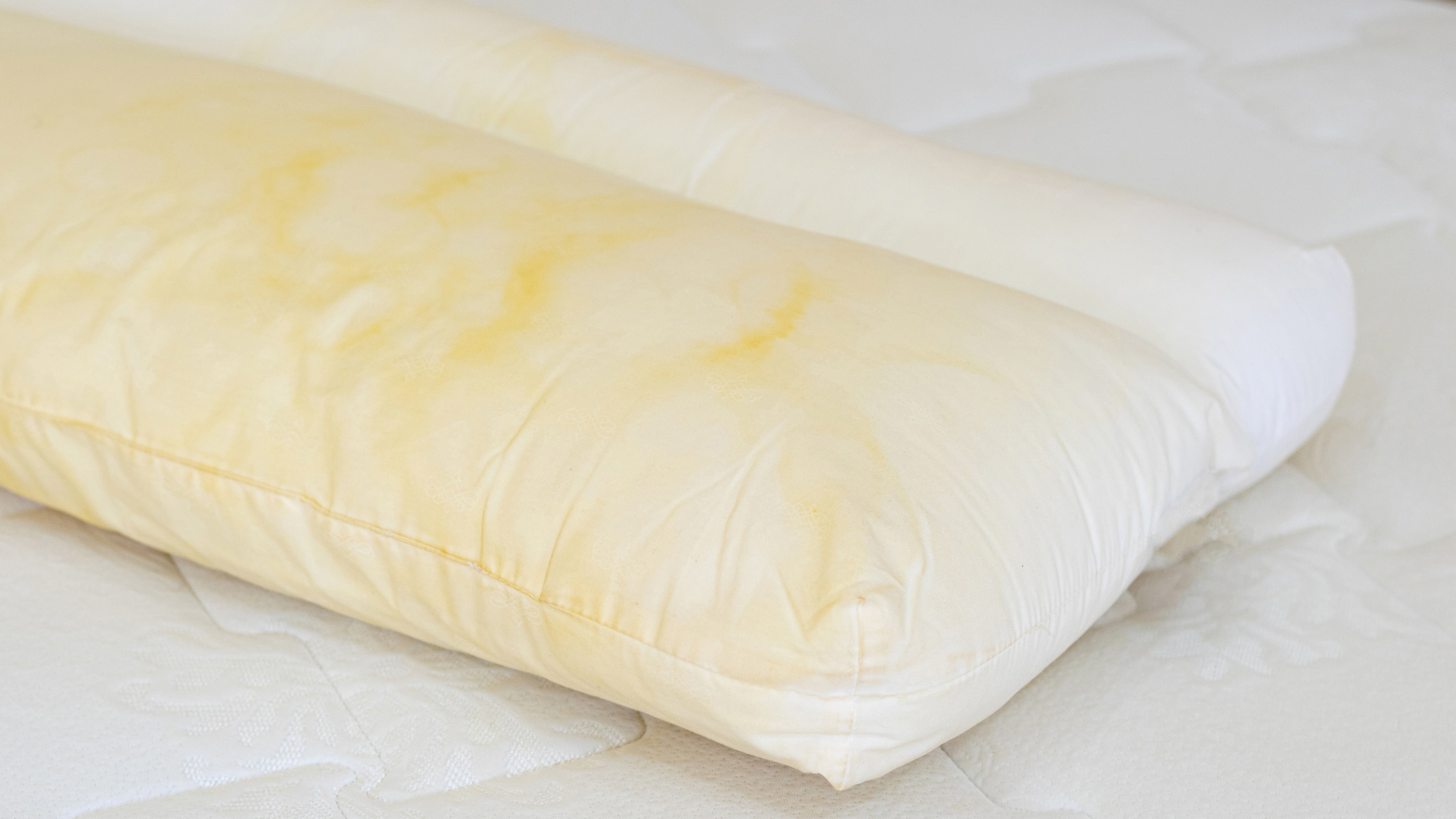
Noticed yellow stains on your pillows? Chances are you've had them for a long while. Sweat, sebum and drool can result in yellowing of your pillows over time.
You might have heard that going to bed with your makeup is a big 'no' for your skin, but cosmetics (including make up, moisturizers and perfume) can also lead to pigment or sebum transfer — contributing to stains on your pillow.
The stain can also be an indicator of mold growth in your pillows, which left untreated, can seriously damage your sleep space and impact your health.
Lack of support

Continuing to sleep on a sagging or flattened pillow is a recipe for disaster. No matter your sleep position, an unsupportive pillow will not only be uncomfortable but may lead to neck pain and aches because your neck and spine can become misaligned. And, to maintain posture, the extra work your muscles do can mean you wake up achy.
Poor support in a pillow may also mean frequent wake-ups in the middle of the night, particularly if you're someone who tends to change positions during sleep. It can even increase snoring.
The 30-second folding test is an easy trick to find if your pillow is still supportive or not. Simply fold your pillow in half and hold it in place for 30 seconds. If it springs back to its original form as soon as you let go, your pillow is supportive and in good shape. If it remains folded or take its time to unfurl, it's a clear sign that it lacks support.
You've had it for over two years
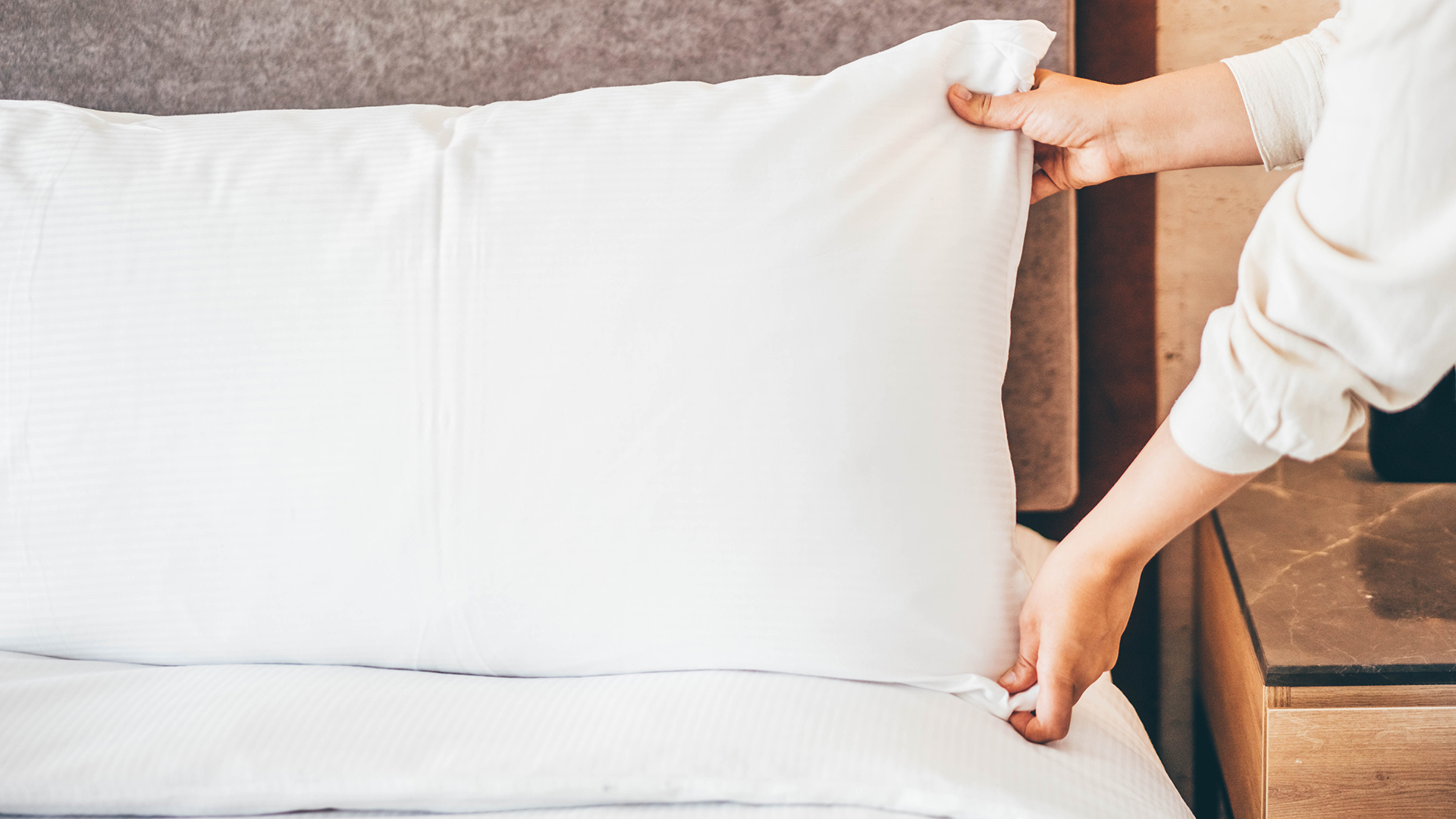
Experts recommend replacing your pillows every one to two years. However, the exact timing largely depends on the fill and build quality of your pillow.
Those made from cheap microfiber fill can flatten faster than ones crafted using premium materials like responsive latex.
This is where gauging your comfort when using your pillow and checking for signs its past its best become crucial in determining if your pillow needs replacing. For instance, you should certainly not wait to change your smelly pillow just because it hasn't hit the two-year mark.
Why it’s essential to change your pillow
We've discussed how to spot the signs your pillow needs replacing, but why does it matter? The short answer is that your sleep health will be at stake, but below you'll find how that happens:
- It harbors allergens and dust mites: As we've mentioned, your pillows collect body oils, sweat and drool and dead skin cells every night, which can attract allergens and dust mites — and the possibility of disrupted sleep, trouble breathing and worsening of allergies.
- Cause breakouts or skin issues: Using skincare products is less effective if you continue to sleep on dirty pillows teeming with bacteria and other debris. These can block your pores, trigger acne or cause other irritations.
- Lose its shape and impact your sleep posture: An unsupportive pillow compromises the alignment of you neck and spine, which affects your posture in bed and can lead to issues like neck pain or shoulder aches. As well as waking up more in the night.
How to keep pillows fresh for longer
1. Use pillow protectors
No matter how old or new your pillow is, using a pillow case is essential and a protector is the ideal. Why is this important though?
A pillow case acts as a barrier between your pillow and your skin — absorbing sweat, oils and even catching dust. It keeps your pillow fresh for longer, extending its overall lifespan.
A pillow protector works as the name suggests, adding an extra layer of protection against all of the above. They are typically zippered and will generally provide greater water resistance — some are even waterproof and bed bug proof. They are placed directly over the pillow, with your pillowcase then going on top.
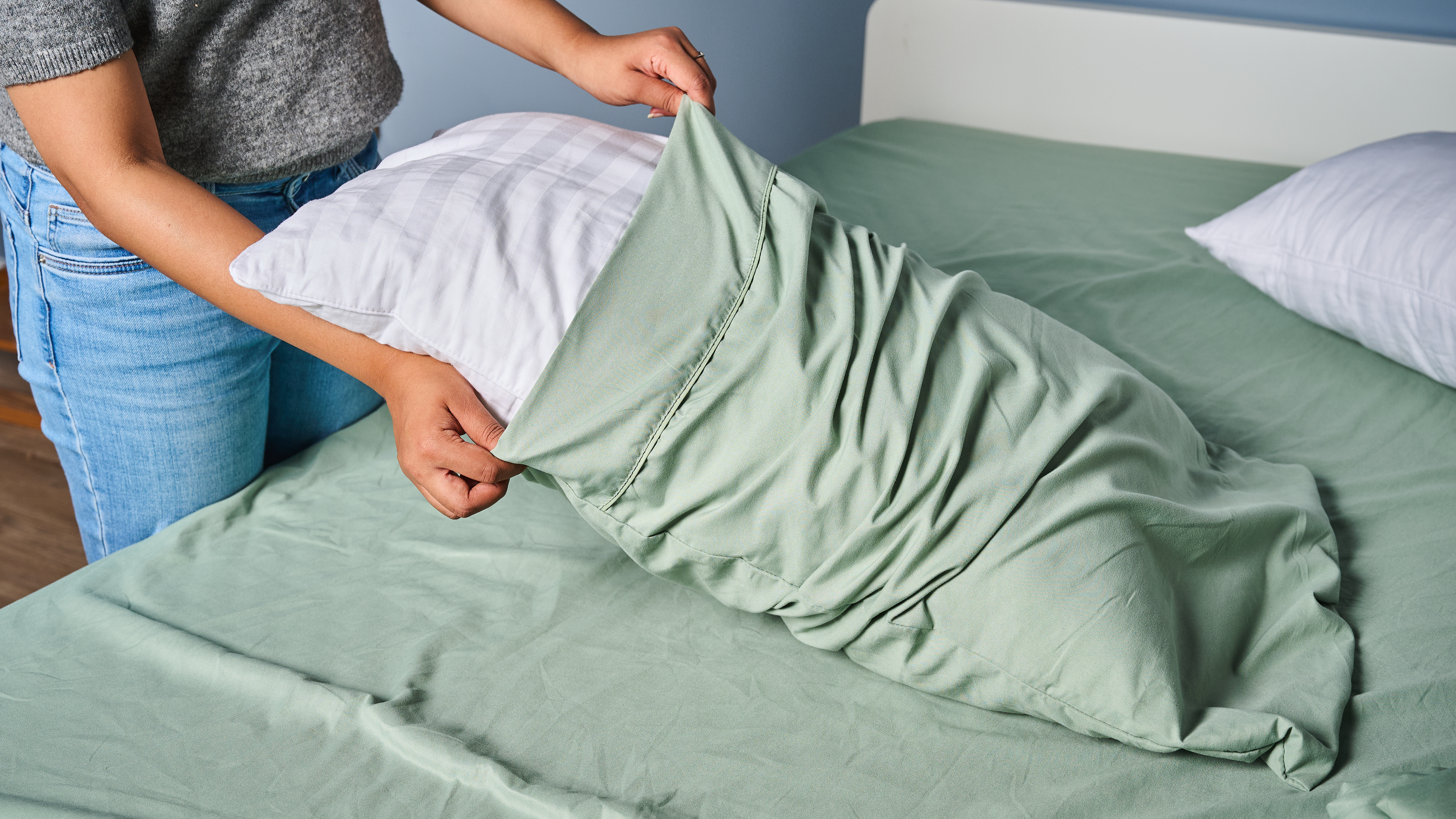
2. Regularly wash the pillowcases
Even if it looks squeaky clean, pillowcases collect oil, dead skin cells and bacteria from daily use. Washing them every week (or more often if you're prone to allergies or bed-share with your pet) keeps your sleep surface hygienic and fresh.
The key is to always opt for breathable and washable bedding materials when choosing a pillowcase. This includes fabrics like cotton, bamboo or linen.
If you've invested in a pillowcase protector, you should follow the manufacturer's washing instructions and clean at least once a month, though you can generally wash these more frequently with your pillowcases.
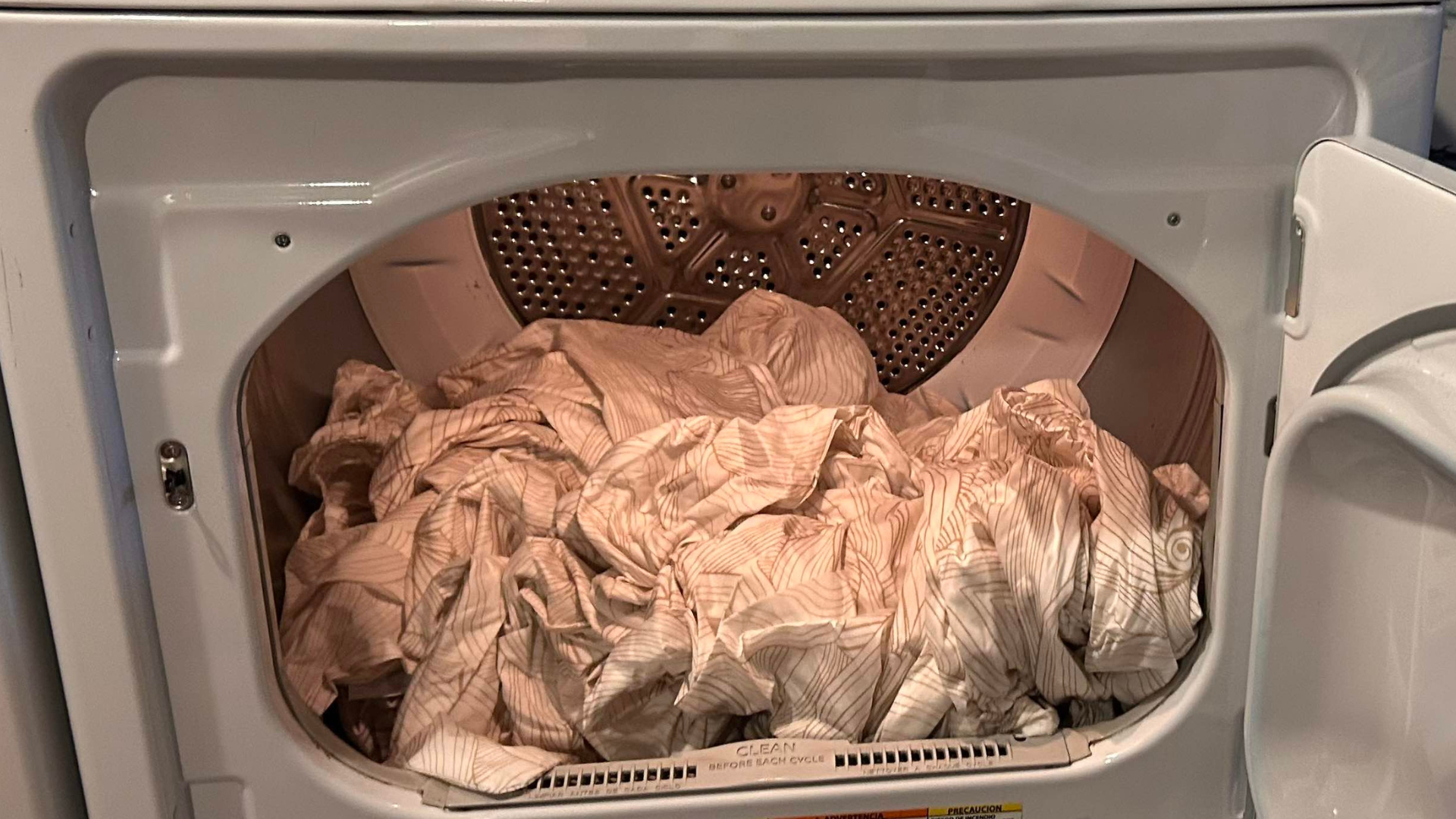
3. Air out your pillows weekly
Giving your pillows a regular airing can help them stay fresh and fluffy.
Once a week, remove the pillowcase and place your pillow outdoors (depending on the weather) or an open window for a few hours.
This helps with releasing trapped moisture and odors — contributing to a cleaner, long-lasting pillow.

Becky is a Sleep Staff Writer at Tom’s Guide covering all things sleep-related including product reviews, research studies, news and explainers. She works on specialist bedding content and is responsible for buyer’s guides like the best pillows for all sleepers and best mattress protectors focusing on popular brands such as Tempur-Pedic, Avocado, Coop Home Goods and more. Becky is a PPA accredited journalist who is keen to explore the intricacies of sleep, its effects on skincare, mental wellbeing and work performance. While not thinking of sleep, she can be seen reading in cosy bookshops or learning about global food culture.
You must confirm your public display name before commenting
Please logout and then login again, you will then be prompted to enter your display name.
